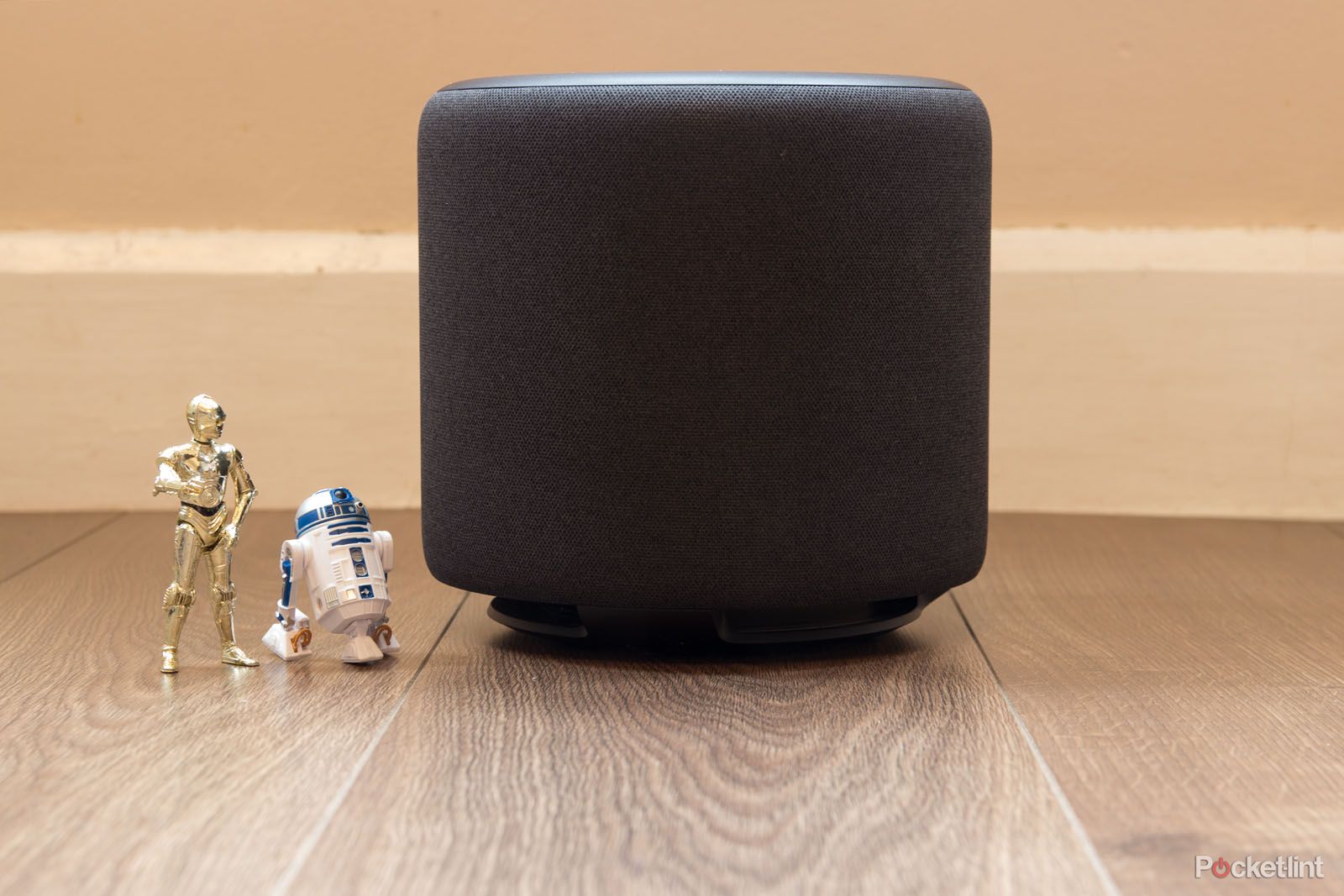Choosing the right backpack sprayer can be a game-changer, whether you’re a seasoned landscaper tackling a sprawling property or a homeowner maintaining a sizable garden. Two names consistently rise to the top: Stihl and Echo. Both brands offer robust, reliable options, but which one reigns supreme? This in-depth comparison delves into the key features, performance metrics, and practical considerations to help you make an informed decision.
Engine Power and Torque: The Heart of the Matter

The engine is the backbone of any backpack sprayer. Both Stihl and Echo offer a range of engine sizes and technologies, but understanding the importance of torque is crucial. Torque, or rotational force, is what gets the job done efficiently, especially when dealing with thicker liquids or higher pressures. A high-torque engine ensures consistent spraying, preventing sputtering or stalling, even when the tank is nearly empty or you’re working uphill.
While specific torque figures aren’t always readily available in marketing materials, you’ll find that higher-displacement engines generally offer greater torque. This translates to more power for tackling demanding tasks. Look for specifications that highlight engine power (measured in cubic centimeters or cc) and observe user reviews mentioning spraying performance under different conditions. Don’t just focus on horsepower; torque is the key performance indicator for smooth, consistent operation.
Engine Options: Stihl vs. Echo
Stihl and Echo offer a variety of engine options within their backpack sprayer lines, catering to diverse needs and budgets. Stihl often uses proprietary engine technology known for its reliability and fuel efficiency. They might offer features like stratified charge engines for cleaner emissions and extended lifespan. Echo, known for its robust and powerful engines, often features designs focused on ease of maintenance and durability.
Researching specific models is essential. A Stihl SR 450 might be compared to an Echo PB-580T, for instance, with careful attention to their respective engine displacements, power outputs, and fuel consumption rates. Consider the size of the job; a larger engine might be overkill for a small residential property, while a smaller engine might struggle with extensive commercial landscaping.
Tank Capacity and Spraying Capabilities
Tank capacity is a critical consideration. Both Stihl and Echo offer various tank sizes, ranging from around 4 gallons to 6 gallons or more, depending on the model. Larger tanks mean fewer refills, saving you time and effort, particularly on large properties. However, larger tanks also add weight, impacting maneuverability. Consider the typical size of your spraying projects when determining the optimal tank capacity.
Beyond tank size, assess the spraying capabilities. Features such as adjustable nozzles, pressure regulation, and the type of pump (diaphragm or piston) significantly influence the spraying pattern and overall effectiveness. Look for models offering variable nozzle adjustments for different applications, from spot treatment to broad coverage. High-pressure options are ideal for penetrating thick foliage, while lower pressure might be preferred for delicate plants.
Comparing Specific Models and Towing Specs (if applicable)
Direct comparisons require referencing specific models. For example, a side-by-side comparison of a Stihl SR 450 and an Echo PB-580T would involve looking at their:
- Engine displacement (cc)
- Power output (hp)
- Tank capacity (gallons)
- Weight (pounds)
- Pump type and pressure
- Nozzle adjustments
- Warranty information
- Price point
Note that neither Stihl nor Echo backpack sprayers typically have towing specifications. They’re designed for individual use and not for pulling attachments.
Competition and Alternatives

While Stihl and Echo dominate the market, it’s beneficial to consider alternatives. Brands like Solo, Field King, and Chapin also offer competitive backpack sprayers. Compare features, pricing, and user reviews across different brands to ensure you’re making the best decision based on your budget and specific needs. Reading independent reviews from various sources provides valuable insights beyond manufacturer claims.
Practical Advice for Choosing Your Backpack Sprayer

Before making a purchase, consider these practical points:
- **Your budget:** Prices vary widely depending on features and engine size.
- **Frequency of use:** A less expensive model might suffice for occasional use, while a professional-grade sprayer is justified for daily or heavy use.
- **Type of spraying:** The type of chemicals you’ll be using will influence your choice of sprayer and nozzle.
- **Ergonomics:** A comfortable and well-balanced sprayer is crucial for preventing fatigue during extended use.
- **Maintenance:** Consider the ease of maintenance and the availability of parts before making your final decision.
- **Warranty:** A strong warranty demonstrates the manufacturer’s confidence in their product.
Conclusion: Making the Right Choice

Ultimately, the best backpack sprayer for you depends on your individual needs and preferences. Both Stihl and Echo offer high-quality options, each with its strengths and weaknesses. By carefully considering the factors discussed above—engine power, torque, tank capacity, spraying capabilities, and your specific usage—you can confidently select a sprayer that will provide years of reliable and efficient performance.
Don’t hesitate to reach out to local equipment dealers or consult online forums for additional advice. Taking the time to research and compare different models will ensure you invest in a tool that meets your expectations and makes your spraying tasks easier and more effective.